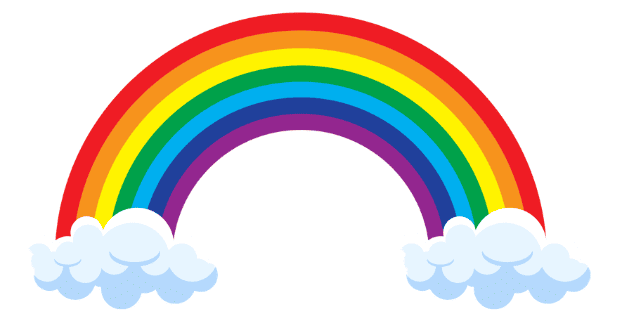Colours NCERT Solutions | NCERT Textbooks & Solutions for Class 3 PDF Download
| Table of contents |

|
| Let us Think |

|
| Let us Learn |

|
| Let us Do |

|
| Fun With Friends |

|
Let us Think
A. Answer the questions. Write your answer in the given space.
1. How many children are there in the poem?
Ans: There are two children in the poem.
2. Why did the children want to share the crayons?
Ans: The children wanted to share the crayons because one child needed red, and the other needed black. By sharing, they could both have a full pack of crayons.
3. How can the children in the poem have a full pack?
Ans: The children in the poem can have a full pack by sharing their crayons. One child has some colors, and the other child has the rest. By sharing, they each have access to all the colors.
B. Think and say.
1. The children in the poem shared their crayons. Do you share anything with your friends? What do you share?
Ans: Yes, I share my toys and books with my friends. We also share our snacks during lunchtime.
(These are sample answers. Students are advised to write the answers based on their own preferences.)
2. You have only green, blue and red crayons. Talk in pairs what you would want to draw.
Ans: Student A: I would draw a picture of a garden with green grass and blue sky. Student B: That sounds nice! I would draw a big red apple tree in the garden.
(These are sample answers. Students are advised to write the answers based on their own preferences.)
3. Now you have blue, green, red, yellow, brown and orange crayons. What can you draw? Draw here:
Ans: 
(These are sample answers. Students are advised to write the answers based on their own preferences.)
4. Rearrange the letters to find the hidden colour.
a) LEBU
b) LYLEWO
c) RENEG
d) RUPPEL
e) NROBW
Ans:
a) Blue
b) Yellow
c) Green
d) Purple
e) Brown
Let us Learn
A. Words used to show actions are called action words. Read the words given below. Circle the action words.

Ans:

B. Find the action words in the grid below. One is done for you.

Ans:

C. There are 26 letters in the English alphabet. They are:





 Let us arrange some words in alphabetical order.
Let us arrange some words in alphabetical order.
Let us take names of five fruits to begin with:  Now arrange these words in alphabetical order.
Now arrange these words in alphabetical order.
Look at the first letter of each word. Put them in the order of the alphabet.
Write down the word that begins with A first, B next and so on ... So, the names of these fruits in alphabetical order would be 
Now, write these colours in alphabetical order:


Ans:

Let us Do
You all have friends, don't you? Like you, words also have friends. Look at these words. Match each word with its friend-word. Write the new word in the space given. The picture clue will help you. One has been done for you:

Ans:

Fun With Friends


Now discuss with your friends.
1. How many ducklings and chicks can you see in the picture?
Ans: There are 3 ducklings and 6 chicks in the picture.
2. The duck and the hen — are they friends? How do you know?
Ans: Yes, the duck and the hen are friends. I know this because the duck invites the hen to the village fair, and they go together.
3. How did the hen and the chicks cross the stream?
Ans: The hen and the chicks crossed the stream with the help of the duck. The duck swam in the stream, and the hen and chicks followed along.
4. Have you ever helped your friend? How did you help?
Ans: Yes, I have helped my friend by sharing my toys when they needed something to play with. (Your answer may vary)
5. Did you feel happy to help your friend?
Ans: Yes, I felt very happy to help my friend. (Your answer may vary)
6. Match the following animals with their young ones: 
Ans:

FAQs on Colours NCERT Solutions - NCERT Textbooks & Solutions for Class 3
| 1. What are the primary colors? |  |
| 2. How can we create secondary colors? |  |
| 3. Why do colors matter in our daily lives? |  |
| 4. What is the significance of colors in nature? |  |
| 5. How can we mix colors at home? |  |

|
Explore Courses for Class 3 exam
|

|

















